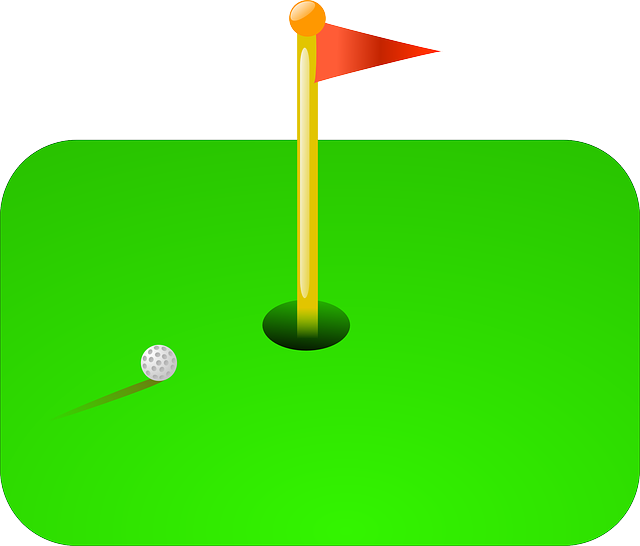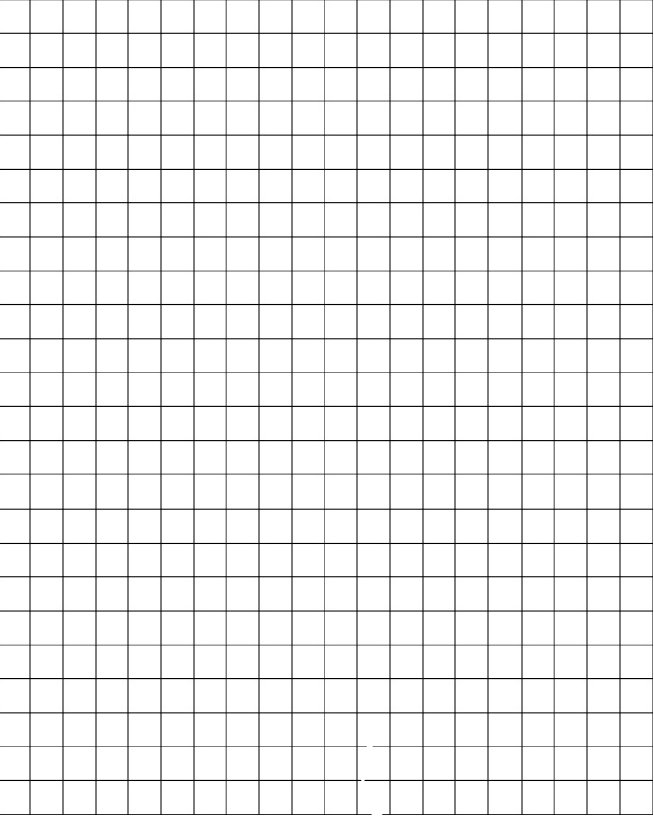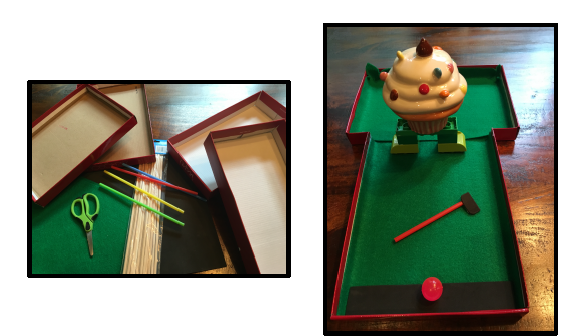Steaming with STEM: Build a Golf Course Hole
Golf is a game that requires persistence, perseverance, practice, patience while utilizing geometry and physics. When playing mini golf, the golfer uses a golf club and tries to hit a golf ball into a hole. The more you swing and miss, the higher your score will be.
Background: How are golf courses and mini putt courses designed? Are they just randomly built areas of sod and AstroTurf with holes, or are math and science accounted for to make the holes challenging but beatable? In designing any golf course hole, engineers need to be creative as well as know how angles, reflections and physics interact. Take a look at this video below: https://www.youtube.com/watch?v=b6ppbdJwuVw.)
Design Challenge: To celebrate National Miniature Golf Day, you will design one 9-hole mini golf course for the Professional Putters of America.
Criteria
- Geometric figures
- Angles
- 3-D shapes
- Obstacles
- The golfer is able to hit the ball in the hole in less than 5 strokes
Materials
Shoe box tops
Green felt
Cardboard for obstacles or geometric shapes
Pieces for 3-D structures (you can make them out of cardboard or buy a structure)
Straws or wooden sticks for golf clubs
Rubber ball for golf ball
Scissors
Glue/tape
Construction paper

Sketch your design. You may use one of the examples above or better yet, design your own!

Instructions
Build Your Golf Course Hole
- Use the materials that you have to
build your golf course hole. Remember your criteria.
Test Your Golf Course Hole
- Play the golf course hole that you built.
- Did you put geometric figures, angles, 3- shapes, and obstacles
- Is the golfer able to hit the ball in the hole in less than 5 strokes
Improve
If you answer no to any of the questions above, then improve your Golf Course Home by changing the design.

